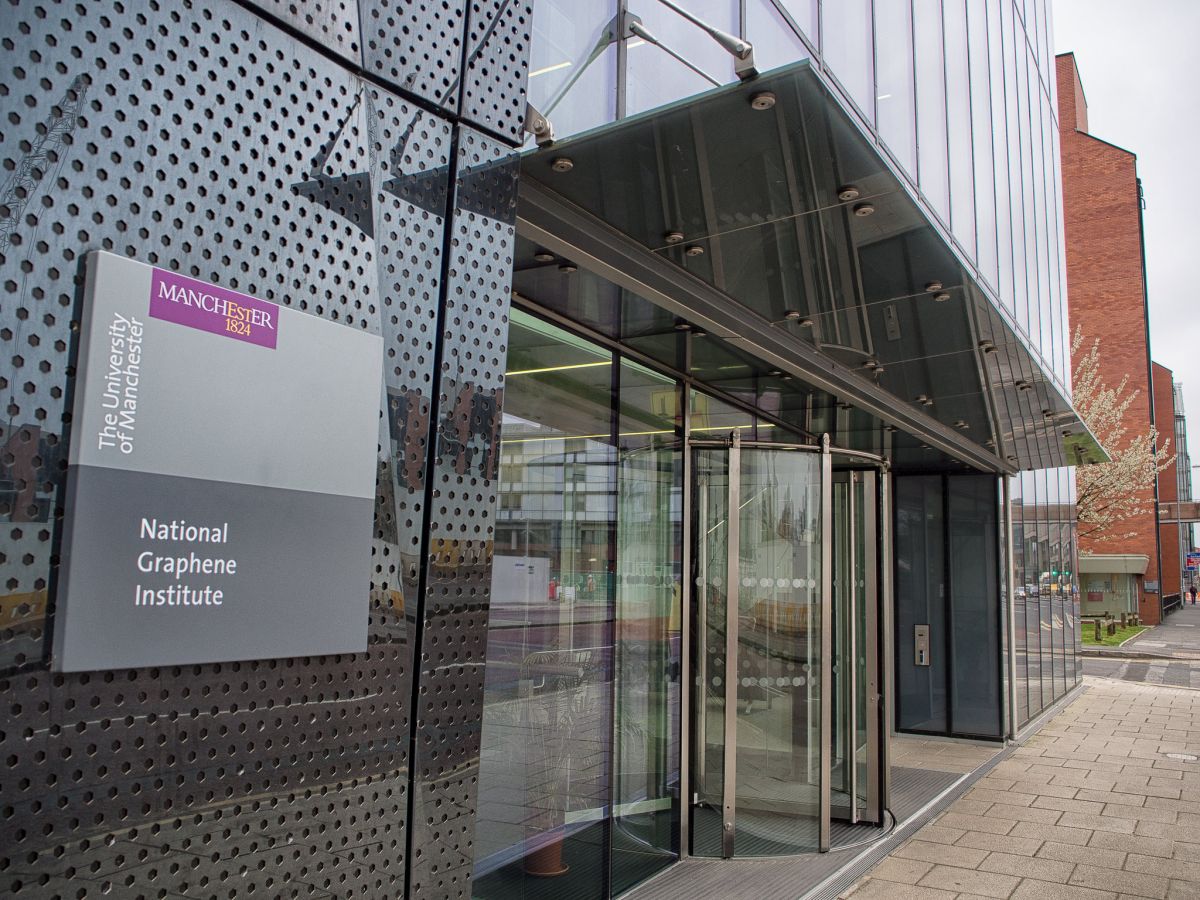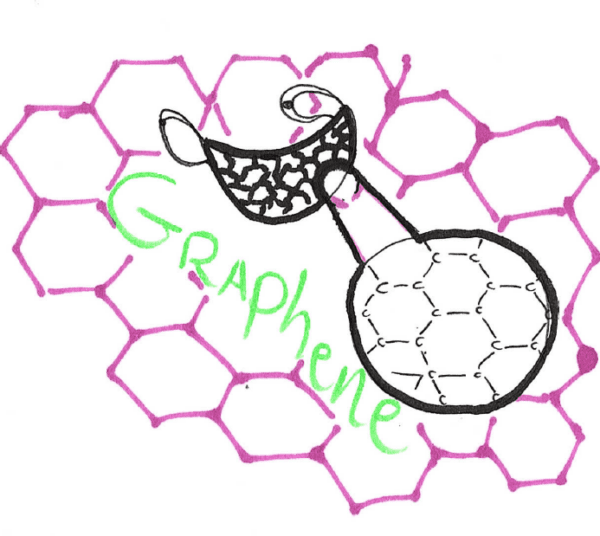Grappling with graphene: A look into the first 2D material

As we end our second teaching week, I hope all our new freshers are getting to grips with navigating the university campus, with its many buildings and departments, and especially the parts that you didn’t know existed.
A good place to notice, tucked away behind the Kilburn building, is a big, shiny, £13 million building built to research, develop, and understand one of the University’s biggest contributions to the world.
This is The National Graphene institute (NGI), dedicated towards (you guessed it) ‘graphene’.
Firstly, what is graphene?
Graphene is the first man-made 2D material, and an allotrope (form) of carbon. As the name gives away, graphene is somewhat related to ‘graphite’, which is another carbon allotrope. You’ll know graphite best from the pencils you use everyday, but it also has many other applications, including solar panels.
Graphite’s useful properties come from its structure, which is naturally occurring and consists of hexagonal ‘sheets’ stacked on top of one another.
What are graphene’s properties?
Graphene, with the “-ene” being science-y shorthand for a carbon double bond (C=C), doesn’t consist of stacked layers like graphite. It is a one layer, 2D, honeycomb lattice.
Now you may be asking, as the natural form of graphite is layers of these carbon lattices, what is the big deal? You’d expect graphene to have similar properties – and in some ways, it does.
Graphene, however, is a funny thing, and its unique construction gives rise to odd electronic properties. The type of bonding is found in many other highly used materials, like nanotubes, and gives rise to highly efficient conduction, as well as immense strength compared to alloys of similar thicknesses.
It has so many other qualities you could write a whole book on this simple-seeming layer of carbon atoms (and many have)! The thing I love most about graphene though, is that it was first researched at our university.
Graphene research at UoM
Graphene has sparked scientists’ interest back in the mid-20th century. It wasn’t until 2004, however, that graphene was finally isolated and characterised properly by researchers here at The University of Manchester. Two of these researchers, Andre Geim and Konstantin Novoselov, were awarded the Nobel Prize in Physics for this achievement in 2010. This makes graphene a very important part of Manchester’s recent history.
An important area of current scientific research is ‘Electrochemistry’, which is the study of electricity and how it relates to chemical reactions, with a current emphasis on batteries. Graphene’s unique electrical behaviour has lead to vast funding and research into conductors and composites, which has allowed a multi-hundred-million-pound global industry to develop.

In terms of at-home investment, the National Graphene Institute was the product of governmental, EU, and private funding which reached a total of £61 million. This showcases just how important the development of graphene has been to Manchester.
Whilst this material has seemingly endless practical use, you’ll find one example of it in your welcome packs. These include 2 little pouches which hold your very own graphene-interwoven face masks.
Next time you put one on, maybe consider just how much investment, research and sheer dedication went into keeping you safe, and how it all started right here in Manchester.







